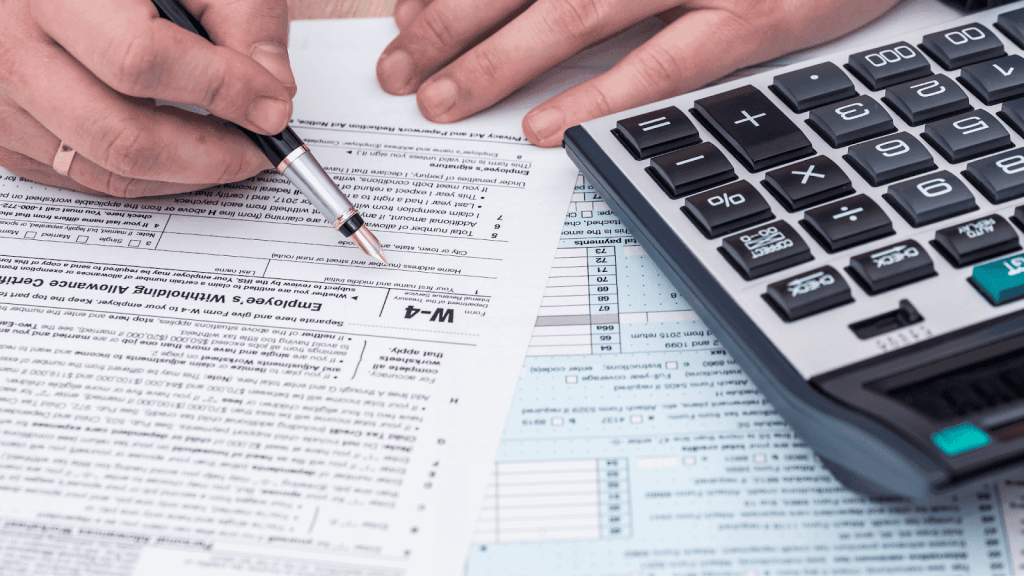What is PPOR?
In Australia, a Principal Place of Residence (PPOR) refers to the property where someone resides or lives as their home. It is your main residence. A property is considered your PPOR if it is the primary residence of its owners and is occupied on an ongoing basis. The PPOR is usually exempt from capital gains tax (CGT) when sold for tax purposes, provided it has been used solely as a residence. This tax exemption is a key aspect of Australian property law, offering homeowners financial benefits when selling their primary residence.
Land Tax Exemption
Known as the Victorian land tax exemption, an exemption from land tax is available for land that is under construction or renovation for use as a principal place of residence.
The 6-Year PPOR Rule
In Australia, the 6-year rule for a Principal Place of Residence (PPOR) allows homeowners to rent out their property and still claim it as their main residence for Capital Gains Tax (CGT) exemption purposes for up to six years. This is particularly beneficial if you need to move temporarily, for example, for work or an extended vacation, but plan to return to the property eventually.
Here’s how it works:
- You can rent out your property for up to six years and still claim the CGT exemption on the property as your main residence.
- If you move back into the property after renting it out and then move out again, the six-year period resets. This means you can potentially claim the exemption multiple times– each time you rent out the property, provided you re-establish it as your main residence before renting it out again.
- If you sell the property within this six-year period while it is being rented out, you can still claim the full exemption from CGT as if you had lived in it throughout that period.However, if the property is rented out for more than six years, you might lose the exemption for the period beyond six years unless you reoccupy the property and establish it as your PPOR again before selling.
Proving Your PPOR:
1. Continuous Occupancy:
To claim the CGT main residence exemption, you must establish that the property has been your principal residence. Continuous occupancy is a key factor. Living in the property as your primary home demonstrates your intention to make it your permanent abode.
2. Life Events Test:
Life events such as marriage, birth of children, or changes in employment can influence your PPOR status. These events may necessitate a move to a new property, but if you maintain the property as your primary residence and intend to return to it, you can still claim it as your PPOR for tax purposes.
3. Temporary Absence:
The Australian Taxation Office (ATO) allows temporary absences from your PPOR without affecting your eligibility for the main residence exemption. However, ensuring that you do not establish another property as your PPOR during this period is crucial.
4. Documentation:
Keeping thorough records can be invaluable in proving your PPOR status. Documents such as utility bills, bank statements, electoral roll services, and formal agreements demonstrating your intention to reside in the property can support your claim.
5. Market Value Substitution Rule:
In some cases, if you move out of your PPOR and begin renting it out, the ATO applies the market value substitution rule. This rule allows you to maintain your CGT main residence exemption for up to six years, provided certain conditions are met.
6. State Stamp Duty Concessions:
Different states may offer stamp duty concessions for PPORs, providing additional financial benefits for homeowners. As property lawyers, we can assist you in navigating these concessions and ensuring compliance with state regulations.
Understanding and effectively proving your PPOR status is crucial, especially when it comes to CGT exemptions and land tax liabilities. By demonstrating continuous occupancy, documenting life events, and adhering to ATO guidelines, you can successfully claim the main residence exemption and mitigate tax obligations on your primary residence.
How can we help?
At Haitch Conveyancing, we specialise in property law and can provide expert guidance on all matters related to PPORs, CGT exemptions, and land tax. Contact us today to ensure your property transactions are handled with expertise and precision.
Frequently Asked Questions
What is the 6-month rule for main residence?
The 6-month rule allows for a partial exemption from capital gains tax (CGT) when selling your main residence. If you purchase a new main residence before selling your old one, you can treat both properties as your main residence for CGT purposes for up to six months. This is particularly useful if there is a delay in the settlement date of the old property, allowing you to avoid a potential capital gain on the sale of your old home during this period.
Can you have 2 principal residences in Australia?
Generally, under Australian tax law, you cannot have two principal residences simultaneously for CGT exemption purposes. However, the 6-month rule can apply if you are transitioning between two homes, effectively allowing two residences for a short overlap period.
What is a residence certificate in Australia?
A residence certificate in Australia typically refers to documentation or proof that a property is used as your principal place of residence. This can be important for various legal and tax purposes, particularly when claiming exemptions or benefits related to residential accommodation.
Can you rent out a PPOR?
Yes! As previously mentioned, you can rent out your PPOR for up to six years and still claim it as your principal residence for CGT exemption under the “temporary absence rule.” If you rent it out for longer than this period, you might lose the full CGT exemption unless specific conditions are met.
Can a foreign resident have a PPOR?
Foreign residents generally cannot claim the main residence exemption from capital gains tax (CGT) for properties sold after June 30, 2020. They can only claim this exemption if they meet specific conditions under the life events test. This test applies if the foreign resident was a tax resident for no more than six years and during that period experienced significant life events such as a terminal medical condition, death of a spouse or child under 18, or a property transfer due to a marriage breakdown.
Foreign residents who meet these criteria can claim the exemption and may reduce the CGT withholding on their property sale.
Do I really need a conveyancer?
While it is not mandatory, hiring an experienced conveyancer or property law expert makes a property transfer far simpler than doing it on your own. By going with a professional service like Haitch Convey, you benefit from fixed fee quotes and the assurance that the whole process will be overseen by someone familiar with property laws, the legal requirements of buyers and sellers in both residential and commercial settings, and who has experience dealing with countless transactions.
How much is a conveyancer fee?
In Victoria, you can expect to pay anywhere between $800 to $2,200 for conveyancing services. The fee will depend on the conveyancer you choose, the value of the property, and the type of property—whether it’s residential properties or a vacant block in or around Melbourne.
Our rates start at $880, including GST, offering a competitive price and quality service. To get a free quote for your conveyancing needs, contact our Conveyancers today!







